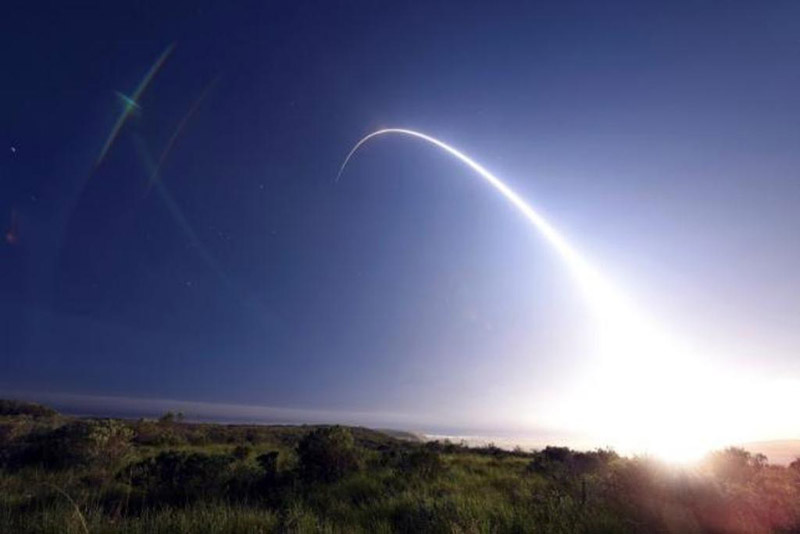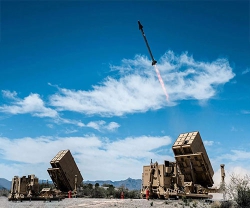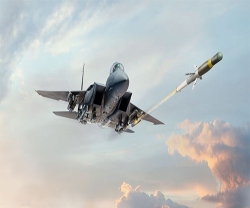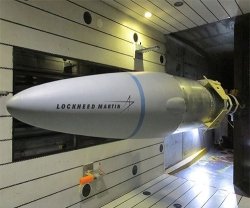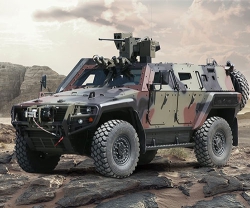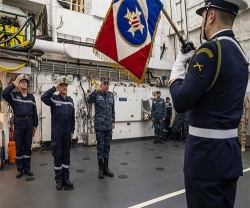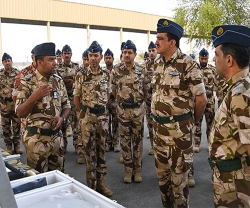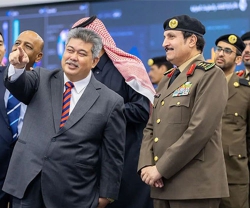The U.S. military test-fired its second Intercontinental Ballistic Missile in a week on Thursday night, seeking to demonstrate its nuclear arms capacity at a time of rising strategic tensions with Russia and North Korea.
The unarmed Minuteman III missile roared out of a silo at Vandenberg Air Force Base in California late at night, raced across the sky at speeds of up to 15,000 mph (24,000 kph) and landed a half hour later in a target area 4,200 miles (6,500 km) away near Kwajalein Atoll in the Marshall Islands of the South Pacific.
Deputy Defense Secretary Robert Work, who witnessed the launch, said the U.S. tests, conducted at least 15 times since January 2011, send a message to strategic rivals like Russia, China and North Korea that Washington has an effective nuclear arsenal.
“That’s exactly why we do this. We and the Russians and the Chinese routinely do test shots to prove that the operational missiles that we have are reliable. And that is a signal ... that we are prepared to use nuclear weapons in defense of our country if necessary,” Work told reporters before the launch.
Demonstrating the reliability of the nuclear force has taken on additional importance recently because the U.S. arsenal is near the end of its useful life and a spate of scandals in the nuclear force two years ago raised readiness questions.
The Defense Department has poured millions of dollars into improving conditions for troops responsible for staffing and maintaining the nuclear systems. The administration also is putting more focus on upgrading the weapons.
President Barack Obama’s final defense budget unveiled this month calls for a $1.8 billion hike in nuclear arms spending to overhaul the country's aging nuclear bombers, missiles, submarines and other systems.
The President's $19 billion request would allow the Pentagon and Energy Department to move toward a multi-year overhaul of the atomic arms infrastructure that is expected to cost $320 billion over a decade and up to $1 trillion over 30 years.
The nuclear spending boost is an ironic turn for a President who made reducing U.S. dependence on atomic weapons a centerpiece of his agenda during his first years in office.
Obama called for a world eventually free of nuclear arms in a speech in Prague and later reached a new strategic weapons treaty with Russia. He received the Nobel Peace Prize in part based on his stance on reducing atomic arms.
“He was going to de-emphasize the role of nuclear weapons in U.S. national security policy ... but in fact in the last few years he has emphasized new spending,” said John Isaacs of the Council for a Livable World, an arms control advocacy group.
Critics say the Pentagon's plans are unaffordable and unnecessary because it intends to build a force capable of deploying the 1,550 warheads permitted under the New START treaty. But Obama has said the country could further reduce its deployed warheads by a third and still remain secure.
The Pentagon could save billions by building a more modest force that would delay the new long-range bomber, cancel the new air launched cruise missile and construct fewer ballistic submarines, arms control advocates said.
Work said the Pentagon understood the financial problem. The department would need $18 billion a year between 2021 and 2035 for its portion of the nuclear modernization, which is coming at the same time as a huge “bow wave” of spending on conventional ships and aircraft, he said.

